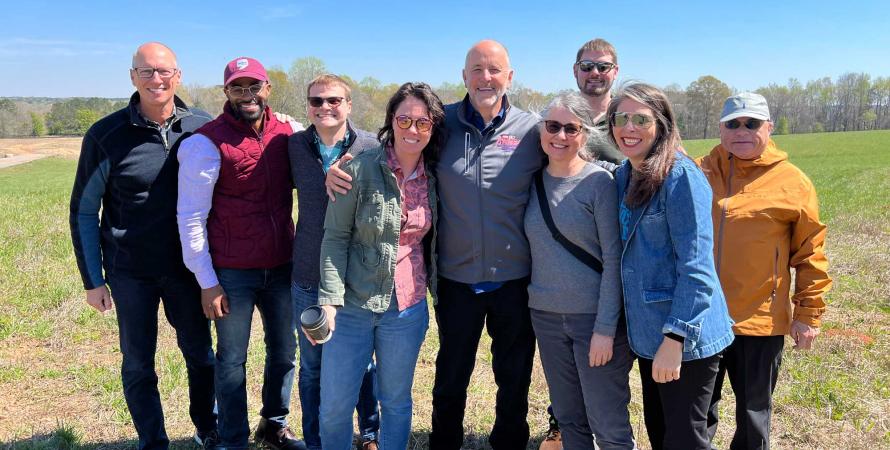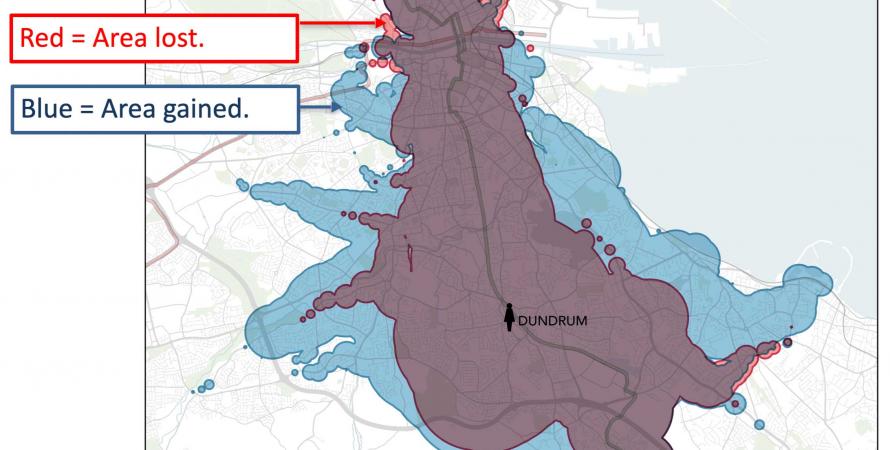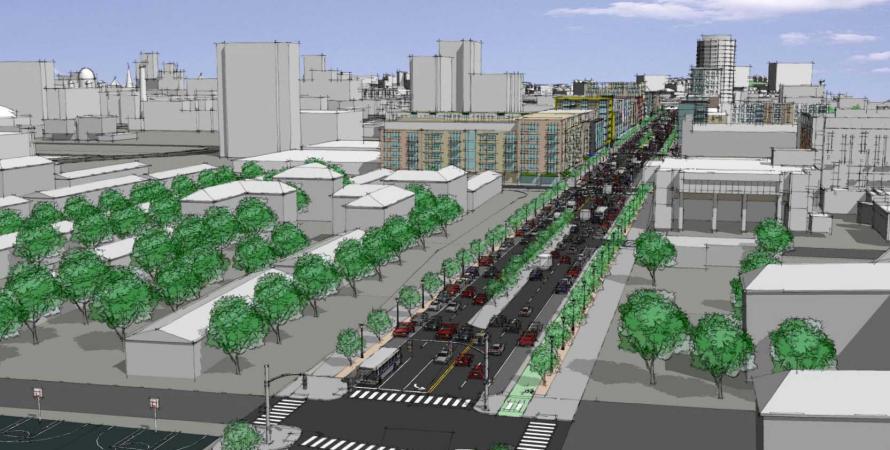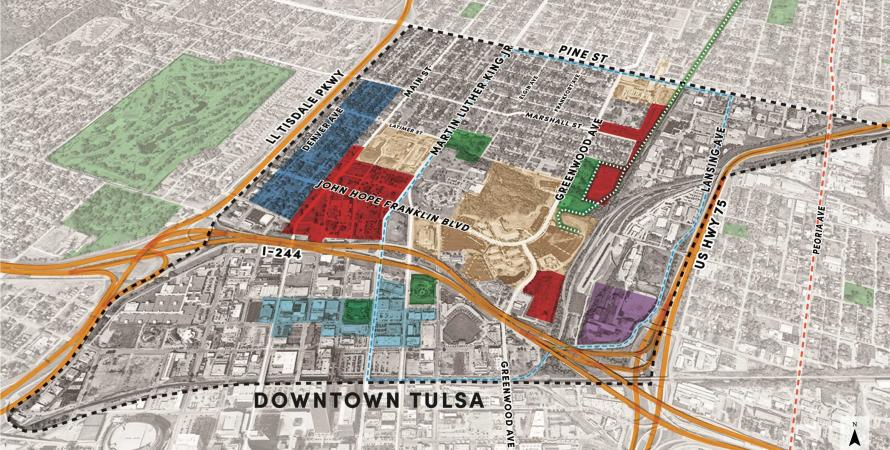-

Are you a CNU member? Increase your impact: Run for a Board seat
New Urbanism is a reform movement that is radical and transformative, dedicated to reshaping places around the world. The non-profit organization Congress for the New Urbanism (CNU) supports this movement of multidisciplinary practitioners and advocates. The organization grew out of the movement,...Read more -

Increasing access to opportunity
How transit and land-use work together to break down the walls around our lives and expand human freedom.Jarrett Walker’s book, Human Transit: How Clearer Thinking About Public Transit Can Enrich our Communities and Our Lives , changed how many people understand public transport. This month, Walker’s new edition of the book is substantially rewritten and addresses current trends that have taken hold...Read more -

Syracuse I-81 freeway transformation clears legal hurdle
The demolition and replacement of Syracuse’s I-81 viaduct with a “community grid” cleared a key legal hurdle , as a New York State court unanimously overturned a lower court ruling blocking the project. The February 9 decision apparently opens the door for one of the nation’s most important...Read more -

Redevelopment plan advances for Tulsa massacre area
A century after devastating destruction of Greenwood, the city supports a community-driven plan to redevelop publicly owned sites in and near the neighborhood.A century after one of the worst race massacres in US history, the City of Tulsa is advancing plans to redevelop publicly owned land in and around the Greenwood neighborhood, north of downtown. One of the wealthiest Black communities in the US in 1921, Greenwood was demolished by a white mob,...Read more